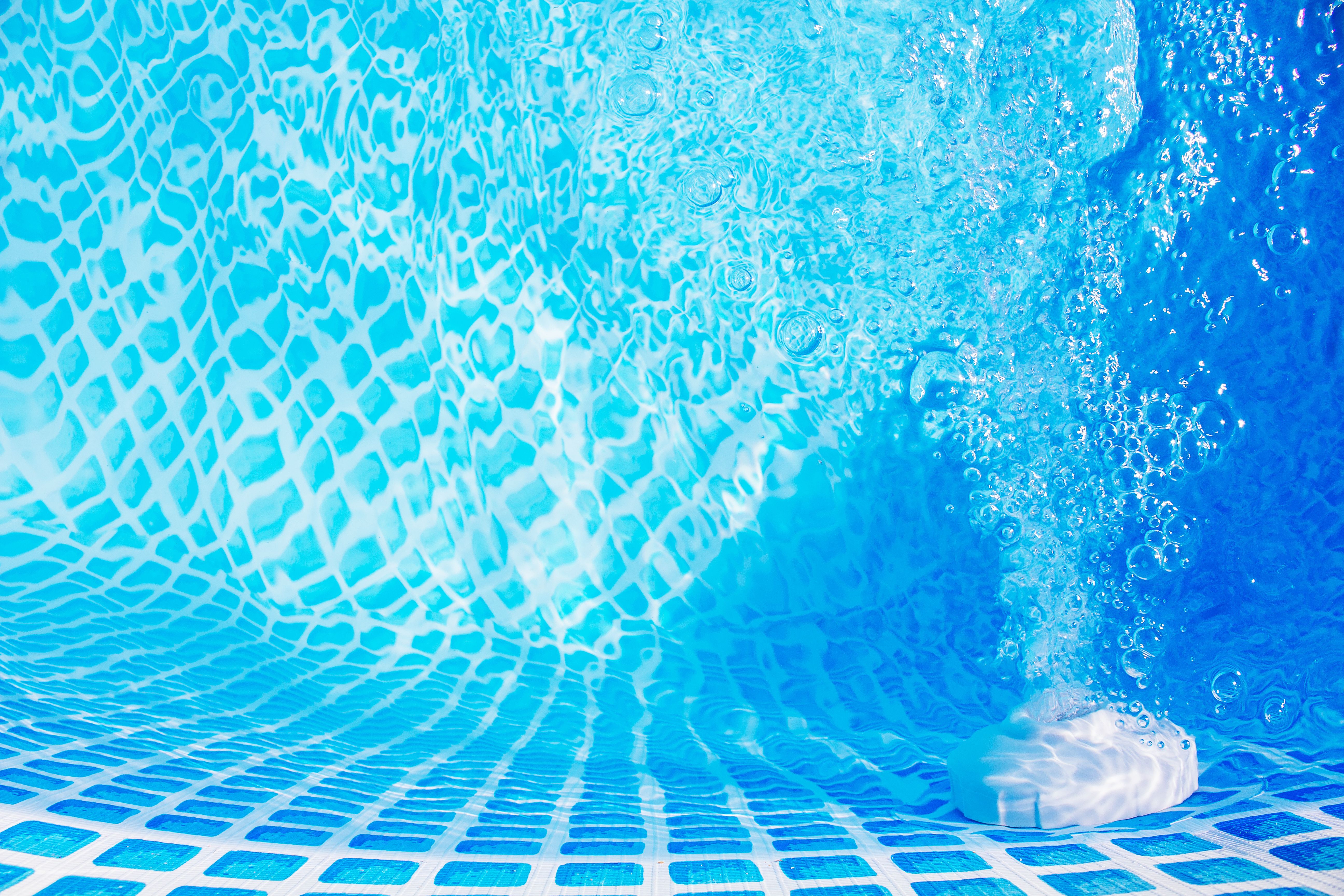UHPLC–MS/MS Quantifies Ultraviolet Filter Compounds in Chlorinated Canadian Waters
An ultrahigh-pressure liquid chromatography–tandem mass spectrometry method (UHPLC–MS/MS) using polarity switching, preceded by solid-phase extraction (SPE), was used to quantify eight ultraviolet filter (UVF) compounds in chlorinated outdoor pools in Winnipeg.
A new study in the Journal of Chromatography A details a solid-phase extraction (SPE), ultrahigh-pressure liquid chromatography–tandem mass spectrometry (UHPLC–MS/MS) experiment designed to quantify a series of ultraviolet filter (UVF) compounds in chlorinated waters, with the hope that the method could be adapted to ascertain the characteristics of both chlorinated and unchlorinated waters such as drinking water, wastewater, and surface waters (1).
Swimming pool pipe technology. Water filtration. | Image Credit: © Antibydni - stock.adobe.com

Co-authored by Alistair K. Brown and Annemieke Farenhorst, both of the Department of Soil Science at the University of Manitoba in Winnipeg, Canada, the research set a goal of quantifying eight UVFs common to sunscreen products: avobenzone, dioxybenzone, homosalate, octinoxate, octisalate, octocrylene, oxybenzone, and sulisobenzone. This study applied the SPE and UHPLC–MS/MS methods to the waters of chlorinated outdoor pools in the city of Winnipeg (1).
The authors said that the eight UVFs specifically studied here, some of the most frequently used in Canada, had never before been extracted simultaneously, which was the reason for selecting with a macro-porous copolymer poly(divinylbenzene-co-N-vinylpyrrolidone) sorbent given the target UVFs’ range of hydrophobicity (1). After extraction, gas chromatography was seen as disadvantageous as was ultraviolet-diode-array detection (UV-DAD), because although the latter provides fast analysis, it has a higher limit of detection compared to tandem mass spectrometry and is not as effective at identifying trace concentrations. The researchers also emphasized the need for polarity switching as they said some UVFs do not efficiently ionize either positively or negatively under electrospray ionization (ESI).
UVFs, which absorb UV light, are known to protect humans from skin damage and cancer through common use in sunscreens and cosmetics, and according to the study have been detected in recent years in both abiotic and biotic systems, suggesting their environmental and biological impacts in terms of bioaccumulation (1). Globally, 45 organic UVFs have been registered for use, but the researchers report no UVF guidelines for water quality in Canada, nor drinking water quality by the US Environmental Protection Agency, European Union, or World Health Organization, and there are concerns about topical UVF application as it may relate to the placenta of pregnant women.
Upon deployment of these methods, the limit of detection was measured at 0.00015 to 0.0020 ng/mL, and the limit of quantitation at 0.00049 to 0.0067 ng/mL. The study reported accuracies from 75% to 112%, with intraday precision of 1.8% to 22.6%, and interday, 1.3% to 17.2% (1). According to the authors, avobenzone was the UVF most affected by the SPE process (loss of 89.9%), with dioxybenzone following behind (51.0%). Conversely, sulisobenzone did not register above the limit of quantitation, which the team said was understandable because it is not a common sunscreen ingredient in Canada, though it is approved for use and can be found in other personal care products.
In summarizing their work, the researchers called the combined SPE and UHPLC–MS/MS methods “robust, sensitive, (and) accurate” in quantifying chlorinated water, calling these approaches “particularly useful” considering the variability of oxidative properties like chlorine in aqueous matrices.
Reference
(1) Brown, A.K.; Farenhorst, A. Quantitation of Canadian organic ultraviolet filters using polarity switching and ultra-high performance liquid chromatography-mass spectrometry. J. Chromatogr. A 2023, 1704, 464132. DOI: 10.1016/j.chroma.2023.464132
New Method Explored for the Detection of CECs in Crops Irrigated with Contaminated Water
April 30th 2025This new study presents a validated QuEChERS–LC-MS/MS method for detecting eight persistent, mobile, and toxic substances in escarole, tomatoes, and tomato leaves irrigated with contaminated water.

.png&w=3840&q=75)

.png&w=3840&q=75)



.png&w=3840&q=75)



.png&w=3840&q=75)


